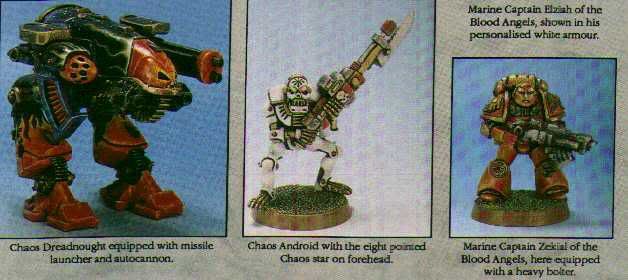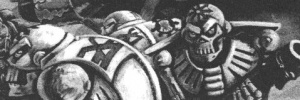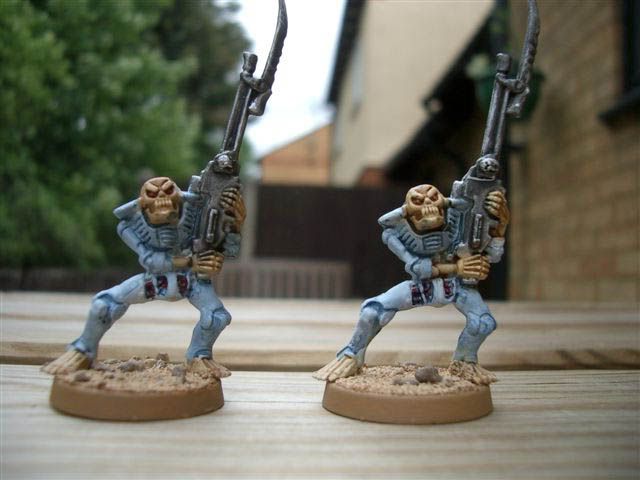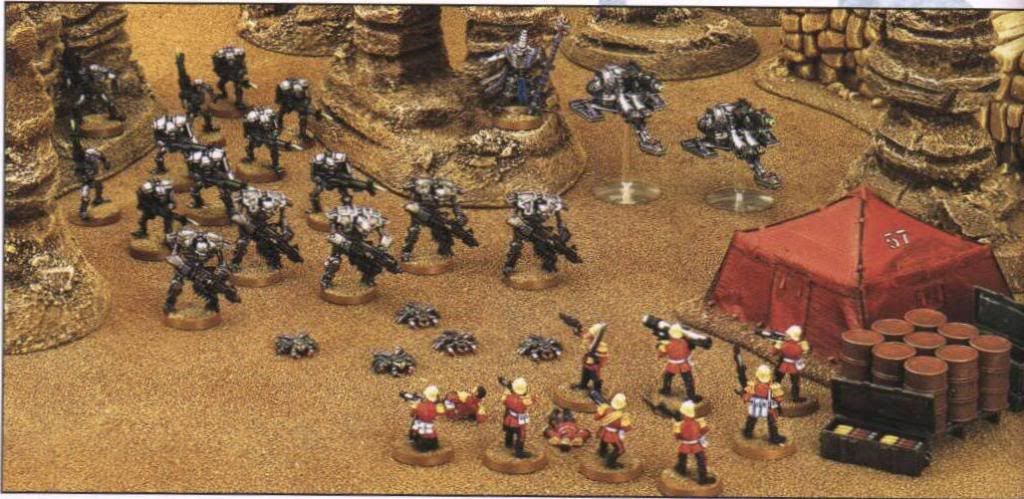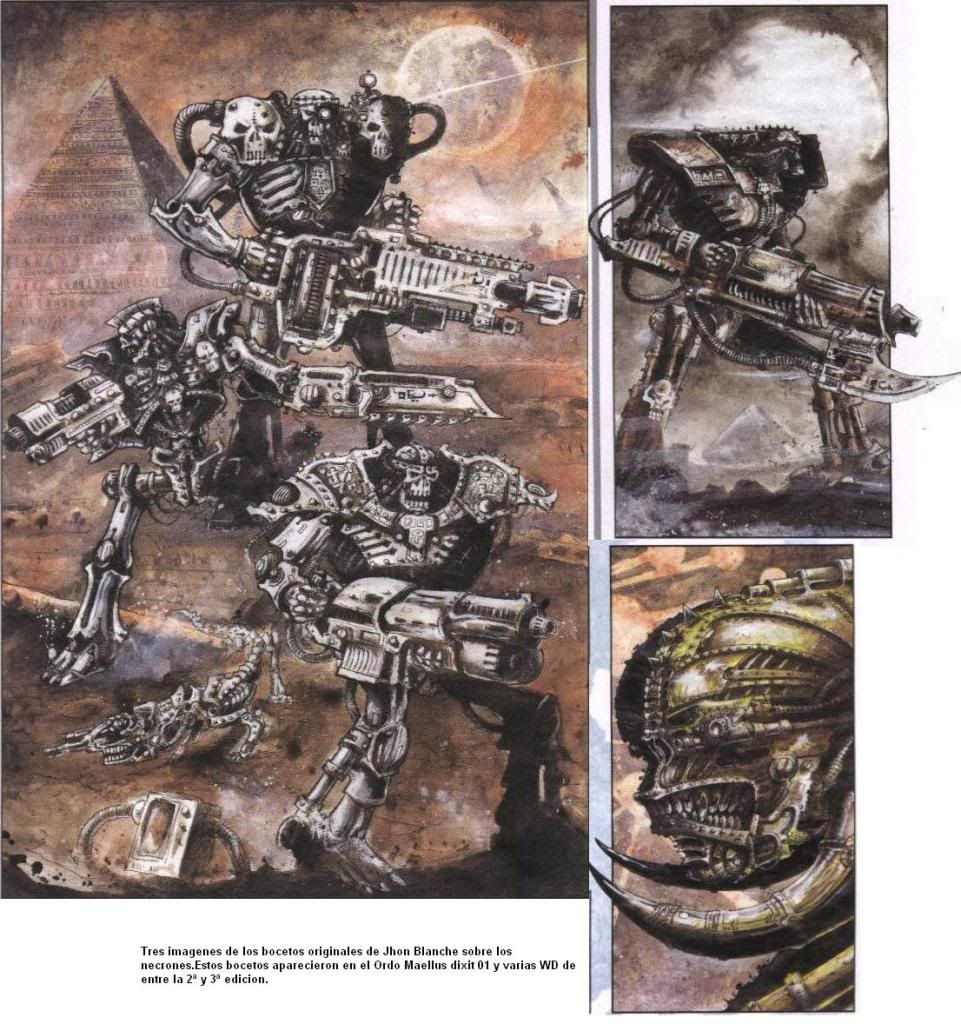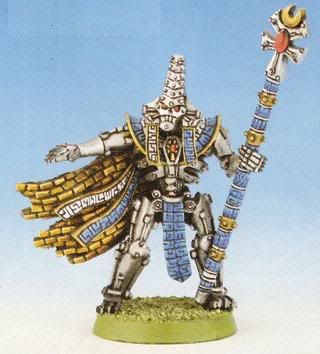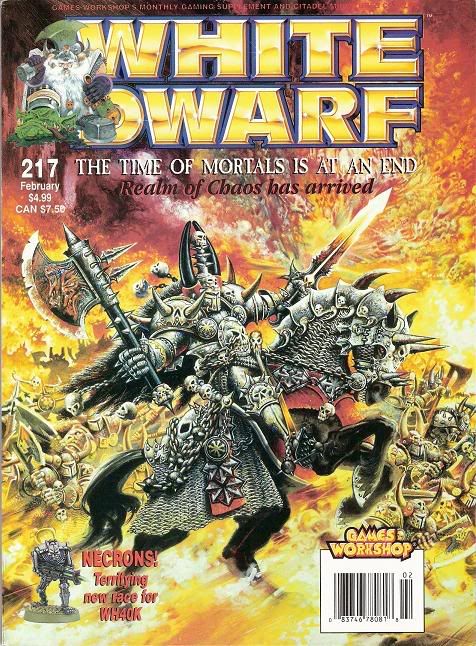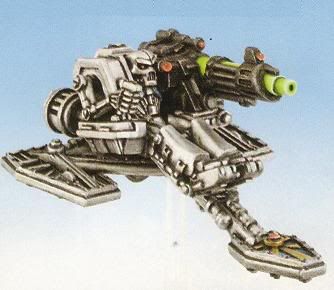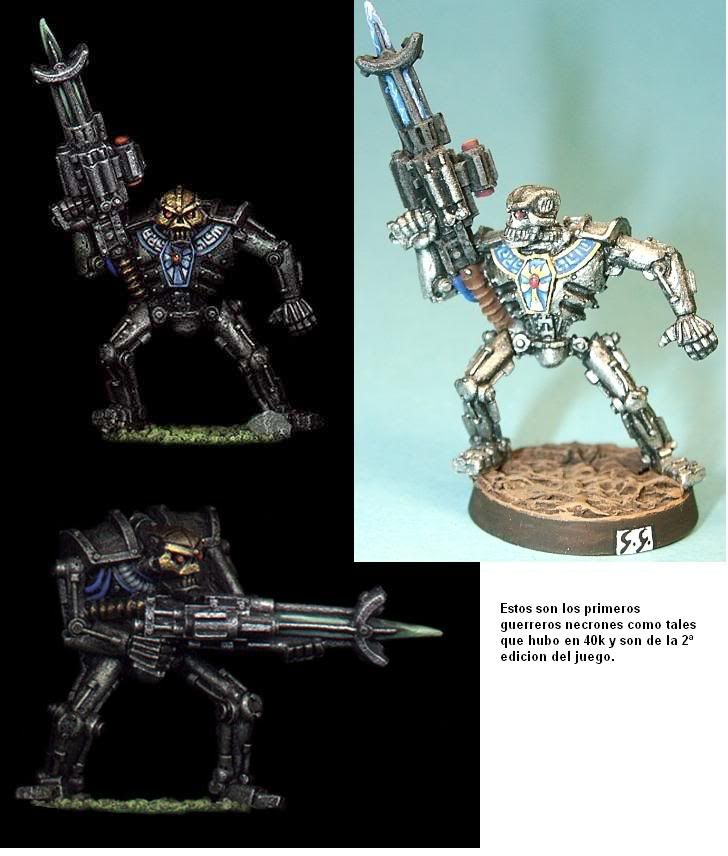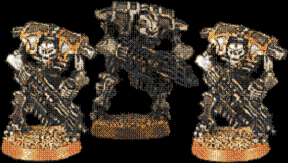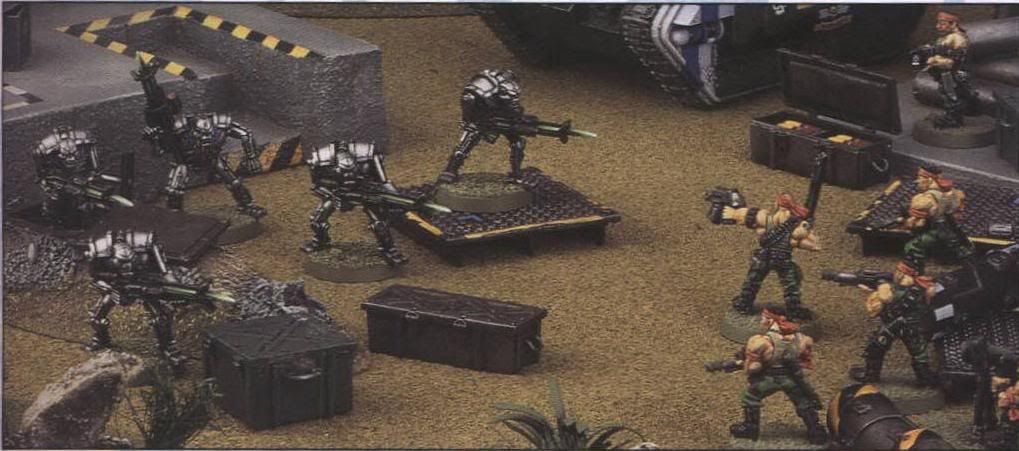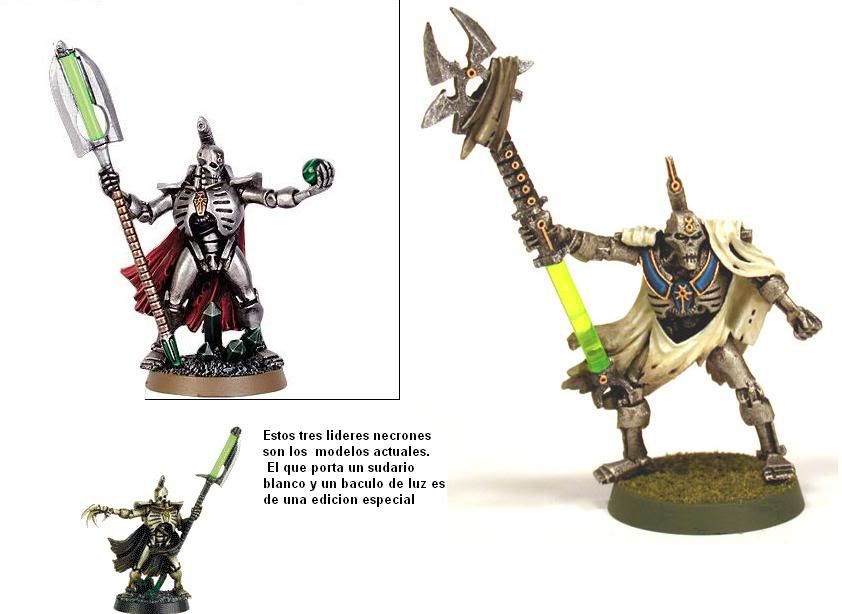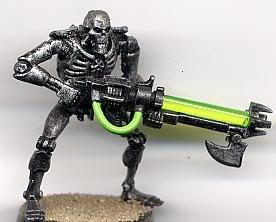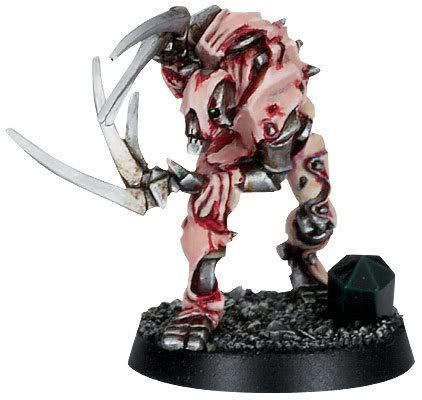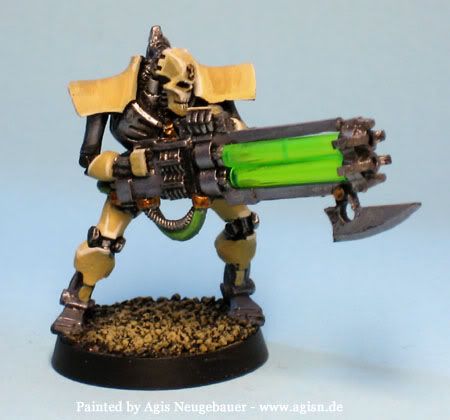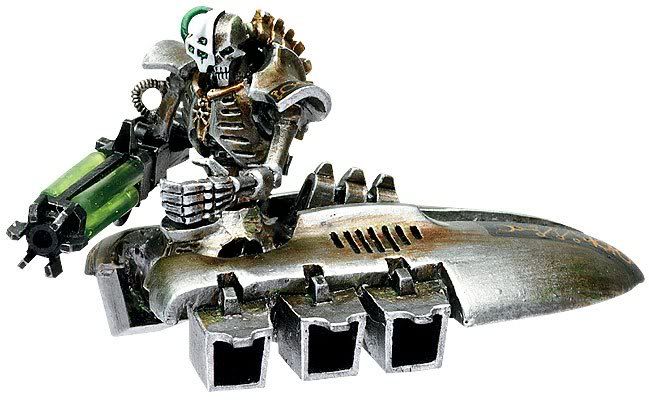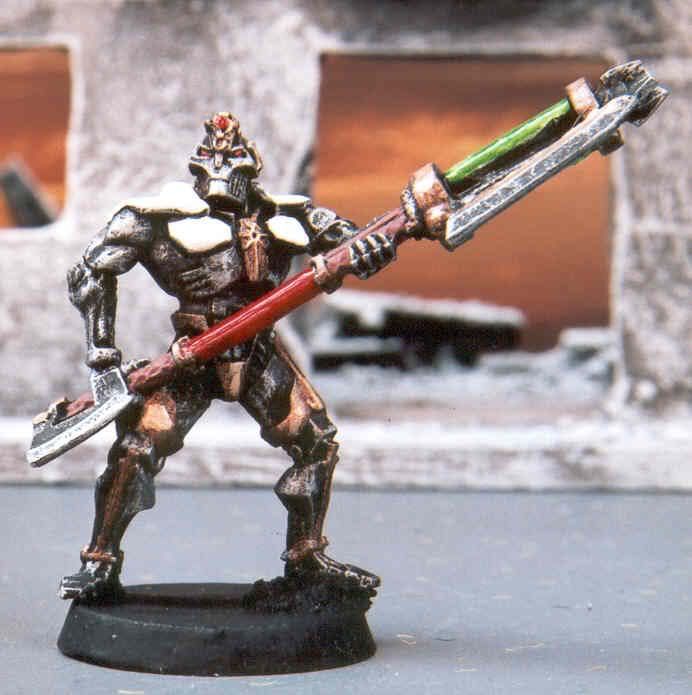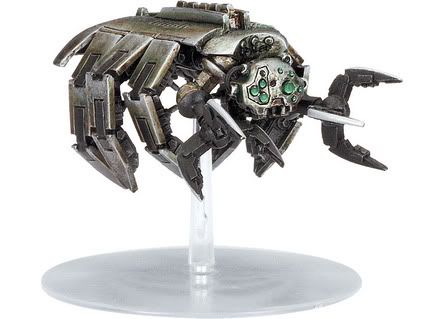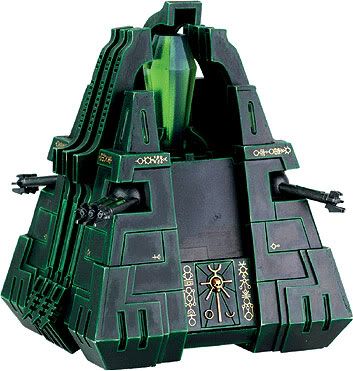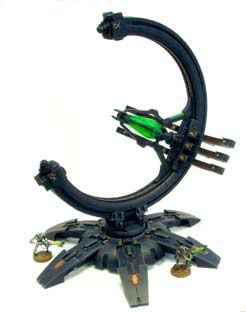¡Hola de nuevo!
Avanzando en la línea cronológica, hoy nos toca hablar de los Eldar, la segunda raza más antigua de la Galaxia de Warhammer 40.000. En concreto, os presento la historia de cómo pasaron de ser los dueños de ella, a unos pocos refugiados (o en su defecto, piratas sádicos: los Eldar Oscuros):
La Caída de los Eldar:
Hace más de diez mil años, los Eldar sufrieron la mayor tragedia que jamás haya sufrido una raza inteligente y próspera. La civilización eldar estaba en su máximo esplendor y dominaba una gran parte de la galaxia. En sus mundos dominaba una gran paz y belleza; eran paraísos de satisfacción personal y logros culturales. Sin embargo, todo esto acabó en un cataclismo destructivo que eliminó de golpe la civilización interplanetaria de los Eldar. Este cataclismo recibe el nombre de la Caída. Los acontecimientos que condujeron a la Caída no están registrados, pero están vivos en la tradición y las especulaciones. A continuación, se describe la historia de la Caída tal y como es generalmente aceptada por los Eldar.Los Eldar eran un pueblo orgulloso y arrogante, confiado en su superioridad y desdeñoso con los bárbaros alienígenas. Sus logros tecnológicos superaban los de las demás razas y ninguno de ellos dudaba de que esta situación se prolongara indefinidamente. Los Eldar tenían motivos para estar confiados; ninguna raza representaba una amenaza seria a su riqueza o estabilidad. La Caída, cuando sucedió, llegó de forma mucho más sutil y peligrosa que una invasión alienígena.
En esa época no existían los mundos astronave, ni la Senda de los Eldar. Todos los Eldar seguían sus inclinaciones vitales según su voluntad gozando de cada capricho e investigando cada curiosidad. Sus grandes mentes servían tanto para las artes como para las ciencias. Crearon muchas cosas bonitas y aprendieron muchas cosas sobre el universo que actualmente han sido olvidadas. Eran muy longevos y, cuando finalmente morían, sus espíritus se disolvían plácidamente en la disformidad para volver a renacer. Entonces no existían las joyas espirituales que contienen sus espíritus inmortales, ni había necesidad de que existieran, ya que en esa época la disformidad no representaba ningún peligro para ellos.
Lenta pero firmemente, el gusano del orgullo empezó a roer a la raza Eldar. Creían que debían descubrir todos los secretos y disfrutar de todos los placeres. Dilapidaron inconscientemente los preciosos recursos de su maravillosa mente. Hacía mucho que los Eldar habían superado la necesidad de trabajar o de cultivar manualmente. La sociedad eldar proporcionaba todo lo necesario sin necesidad de hacer ningún esfuerzo. Los Eldar, por tanto, podían dedicar sus largas vidas a satisfacer hasta el último de sus deseos. Algunos acabaron consagrándose a sus impulsos más hedonistas. Los cultos exóticos proliferaron por los mundos eldar, cada uno de ellos dedicado a un conocimiento esotérico o a un exceso sexual. Mientras estos cultos iban arraigando en los Eldar, su sociedad iba dividiéndose cada vez más. La corrupción degeneró rápidamente en un injustificable abandono. Las bandas de asesinos sádicos merodeaban por las calles buscando a sus víctimas. No escatimaron ninguna vida en la búsqueda de estos placeres asesinos y perversos. La raza Eldar quedó dominada por la enfermedad de la concupiscencia. La sangre corrió por las calles en medio del enloquecido rugido de las multitudes.
El Nacimiento de Slaanesh:
Solo un loco puede pretender entender el extraño universo del espacio disforme, ya que, por su propia naturaleza, es inconstante e incomprensible. Y fue en el espacio disforme donde tomó forma la destrucción de la raza Eldar. Fue en el espacio disforme, entre las vibrantes energías psíquicas, donde la corrupción de los Eldar acabó manifestándose. En el interior del psíquico espacio disforme empezaron a unirse los espíritus de los muertos formando una consciencia estructurada. Los Eldar formaron en el espacio disforme, sin saberlo, una mente inimaginablemente inmunda y enferma. Era un reflejo de ellos mismos, de aquello en que se habían convertido, de la nobleza y el orgullo desplazados por la perversidad y la desvergüenza. Descubrieron demasiado tarde que habían creado un dios a su imagen, un dios que había crecido y aumentado de poder gracias al alimento de los espíritus de los Eldar.En el interior de la disformidad, los pensamientos y las emociones crecían y se expandían alimentándose de los sentimientos de sus semejantes hasta llegar a una especie de consciencia. Fueron convirtiéndose en espíritus de mayor o menor potencia y su larga gestación fue seguida de un gran dolor cuando nacieron. Su nacimiento sacudió la disformidad y rompió la estructura del espacio. Ninguna criatura de la disformidad nació de una forma tan monstruosa o tan poderosa como el dios del Caos Slaanesh, el Gran Enemigo y la encarnación de la Perdición de los Eldar.
Durante años, los Eldar estuvieron sumidos en la locura mientras Slaanesh soñaba en la disformidad. Sus mundos ardieron. Los Eldar mataron, rieron y devoraron los cadáveres de los muertos. Mientras esto ocurría, Slaanesh cobraba vida entre espasmos de ansiedad. Cuando llegó el momento del nacimiento de Slaanesh a su consciencia divina, no hubo ni un solo Eldar que no quedará preso de una gran agonía. Con un aullido de energía psíquica, Slaanesh se materializó en su forma inmortal y gritó de dolor. El universo quedó desgarrado por una implosión psíquica. Los espíritus de los Eldar fueron arrancados de sus mentes y devorados en el primer aliento infernal de su dios. Intoxicado por este primer sorbo de almas, Slaanesh rió y contempló el universo de dioses al que había llegado.
El epicentro de la implosión psíquica estaba situado en el centro del reino de los planetas de los Eldar. Todos los Eldar en un millar de años luz resultaron aniquilados en un instante y sus espíritus fueron absorbidos por la disformidad para alimentar al hambriento dios. Incluso los mundos astronave sufrieron daños mientras huían y solo los más alejados del epicentro lograron sobrevivir. La onda de choque destruyó millones de mundos de exiliados en los límites de la galaxia, quedando indemnes solo los mundos más remotos. En unos instantes, los Eldar habían pasado a ser una civilización muerta, reducida a unos pequeños núcleos de refugiados dispersos por el espacio, conocedores de que su Gran Enemigo había nacido y de que les perseguiría durante toda la eternidad.
La onda de choque psíquica estaba concentrada en la mente eldar, pero también fueron destruidos millones de humanos y criaturas de otras razas. El espacio disforme quedó totalmente desordenado, ya que durante bastante tiempo sopló un huracán de energía psíquica. El tejido espacial quedó desgarrado y la disformidad se derramó en el universo material. Apareció un gran agujero negro que engulló los mundos Eldar. Las astronaves que se hallaban en el interior de la disformidad quedaron instantáneamente destruidas y los psíquicos de todas las razas aullaron de dolor, muchos murieron tras perder el juicio por completo.
El agujero del espacio fue creciendo hasta engullir los antiguos reinos Eldar y prácticamente llegó hasta los límites de su poder. Esta grieta espacial es lo que actualmente se conoce como el Ojo del Terror y es el área más grande de este tipo que puede hallarse en toda la galaxia. En ella, el espacio disforme y el universo material están solapados. Los demonios se bañan en la energía de la disformidad mientras los príncipes demoníacos y los Marines Espaciales del Caos gobiernan planetas convertidos en infiernos de fuego y oscuridad.
La única consecuencia positiva del nacimiento de Slaanesh fue que el espacio disforme quedó en calma a partir de entonces. Antes del nacimiento de Slaanesh, el espacio disforme estaba plagado de tormentas y tempestades que impedían a las astronaves viajar entre las estrellas. El espacio disforme quedó en calma. Se había alcanzado un nuevo equilibrio y Slaanesh pasó a ser uno de los dioses mayores del Caos. Los demás poderes del Caos aguardaron mientras el nuevo equilibrio iba estableciéndose por sí solo. Por primera vez en milenios, las astronaves humanas pudieron abandonar el espacio alrededor de la tierra. Los mundos humanos de toda la galaxia volvieron a estar en contacto. Durante la Gran Cruzada posterior, el Emperador unificó la Humanidad bajo su Imperio y esta reemplazó a los Eldar como raza más activa de la galaxia.
Hi again!
Going forward in the chronological line, today we must talk about the Eldar, the second most ancient race in the Warhammer 40,000 Galaxy. To be precise, I present you now the story of how they lost their dominant position in it, and turned into a few refugees (or otherwise, into sadistic pirates - the Dark Eldar):
The Fall of the Eldar:
More than ten thousand years ago, the Eldar suffered the worst tragedy an intelligent and prosperous race had ever faced. The Eldar civilisation was in its greatest splendour and ruled over a great part of the galaxy. In their worlds there were great peace and beauty – they were paradises of personal satisfaction and cultural achievements. However, all this ended in a destructive cataclysm which destroyed suddenly the interplanetary civilisation of the Eldar. This cataclysm is known as The Fall. The events that led to The Fall aren’t registered, but they are alive in tradition and speculation. The history of The Fall is detailed below just as it is usually accepted by the Eldar.The Eldar were a proud and arrogant people, confident in their superiority and disdainful with the barbaric aliens. Their technological achievements exceeded those of other races and none of them doubted this situation would last indefinitely. The Eldar had reasons to be unsuspecting – no race represented a serious menace to their wealth or stability. The Fall, when it happened, it came in a much more subtle and dangerous way than an alien invasion.
In that time, the Craftworlds didn’t exist, nor the Way of the Eldar. Every Eldar followed their vital leanings at their will, enjoying every whim and investigating every curiosity. Their great minds served for the arts as well as for the science. They created many beautiful things and learnt many things about the universe that are forgotten nowadays. They were very long-lived, and when they eventually died, their spirits dissolved placidly in the Inmaterium to be reborn again. Then the Spirit Stones that contain their immortal souls didn’t exist, nor were they needed, since in that time the Warp didn’t represent a danger to them.
Slowly but surely, the worm of pride started to gnaw at the Eldar race. They thought they had to discover all secrets and to enjoy all pleasures. They spent badly the precious resources of their wonderful minds. It had been a long time since the Eldar had gone over the need to work or cultivate manually. The Eldar society provided all the necessary things without effort. Thus, the Eldar could dedicate their long life to satisfy their every desire. Some ended devoting themselves to their most hedonistic impulses. The exotic cults spread by the Eldar worlds, each one dedicated to an esoteric knowledge or to a sexual excess. While these cults became entrenched among the Eldar, their society was getting more and more divided. The corruption degenerated quickly into an unjustifiable abandonment. The bands of sadistic assassins prowled the streets looking for their victims. They didn’t spare any life in this search for these perverse and murderous pleasures. The Eldar race was dominated by the illness of concupiscence. The blood ran through the streets amongst the crazed roar of the crowds.
The Birth of Slaanesh:
Only a madman could understand the strange universe of the Inmaterium, since, by its own nature, it’s inconstant and incomprehensible. And it was in the Warp, amongst the vibrant psychic energies, where the corruption of the Eldar eventually manifested itself. Within the psychic Warp space the spirits of the dead began to merge, forming a structured conscience. The Eldar formed, unknowingly, an unimaginably filthy and ill mind. It was an image of themselves, of nobility and pride displaced by perversity and shamelessness. They discovered too late they had created a god in their image, a god that had grown big and strong thanks to the feeding of Eldar spirits.Within the Warp, the thoughts and emotions grew and expanded themselves feeding from the feelings of their peers until they reached some sort of conscience. They turned into spirits of bigger or lesser power and their long gestation was followed by a great pain when they were born. Their birth shook the Warp and broke the structure of space. No creature of the Warp was born in such a monstrous or powerful way as the Chaos God Slaanesh, the Great Enemy and the incarnation of the Doom of the Eldar.
For years, the Eldar were deep in madness while Slaanesh dreamt in the Warp. Their worlds burned. The Eldar killed, laughed and ate the corpses of the dead. While this happened, Slaanesh was coming to life among spasms of anxiety. When the moment of the birth of Slaanesh to his divine conscience arrived, there wasn’t a single Eldar who didn’t suffer a great agony. With a howl of psychic power, Slaanesh materialised in his immortal form and cried in pain. The universe was torn in a psychic implosion. The spirits of the Eldar were ripped from their minds and devoured in the first hellish breath of their god. Intoxicated by this first sip of souls, Slaanesh laughed and watched the universe of god where he had arrived.
The epicentre of the psychic implosion was located in the centre of the kingdom of the Eldar planets. All the Eldar in a thousand light-years around were annihilated in an instant and their spirits were absorbed by the Warp to feed the hungry god. Even the Craftworlds were damaged as they were fleeing and only the farthest from the epicentre survived. The shock wave destroyed thousand of worlds of exiles in the galaxy fringes, leaving only the most remote ones undamaged. In a few seconds, the Eldar had turned into a dead civilisation, reduced to small groups of refugees scattered through space, knowing that their Great Enemy was born and that he would pursue them for all eternity.
The psychic shock wave was focused on the Eldar mind, but millions of humans and creatures of other races were destroyed too. The Warp was absolutely disrupted, since for a long time a psychic power hurricane blew. The fabric of space was torn and Warp spilled into the material universe. A great black hole appeared and gulped the Eldar worlds. The spaceships within the Warp were instantly destroyed and the psychics of all races screamed in pain, many died alter losing completely their sanity.
The hole in space grow bigger and bigger until it swallowed the old Eldar kingdoms and almost reached the limits of their power. This crack in space is known nowadays as the Eye of Terror and it’s the biggest area of this kind that can be found in the whole galaxy. In it, the Warp and the material space are overlapped. The daemons bath in the Warp energy while the Daemon Princes and the Chaos Space Marines rule planets turned into hells of fire and darkness.
The only positive consequence of the birth of Slaanesh was that the Warp was calm since then. Before it, the Warp was plagued by storms and tempests that prevented the spaceships from reaching the stars. The Warp was calmed. A new balance had been reached and Slaanesh turned into one of the major Chaos Gods. The other Chaos powers waited while the new balance established itself. For the first time in millennia, the human spaceships could abandon the space around Terra. The human worlds of the entire galaxy were in contact again. During the Great Crusade that came later, the Emperor unified Humanity under his Imperium and thus replaced the Eldar as the most active race in the galaxy.

